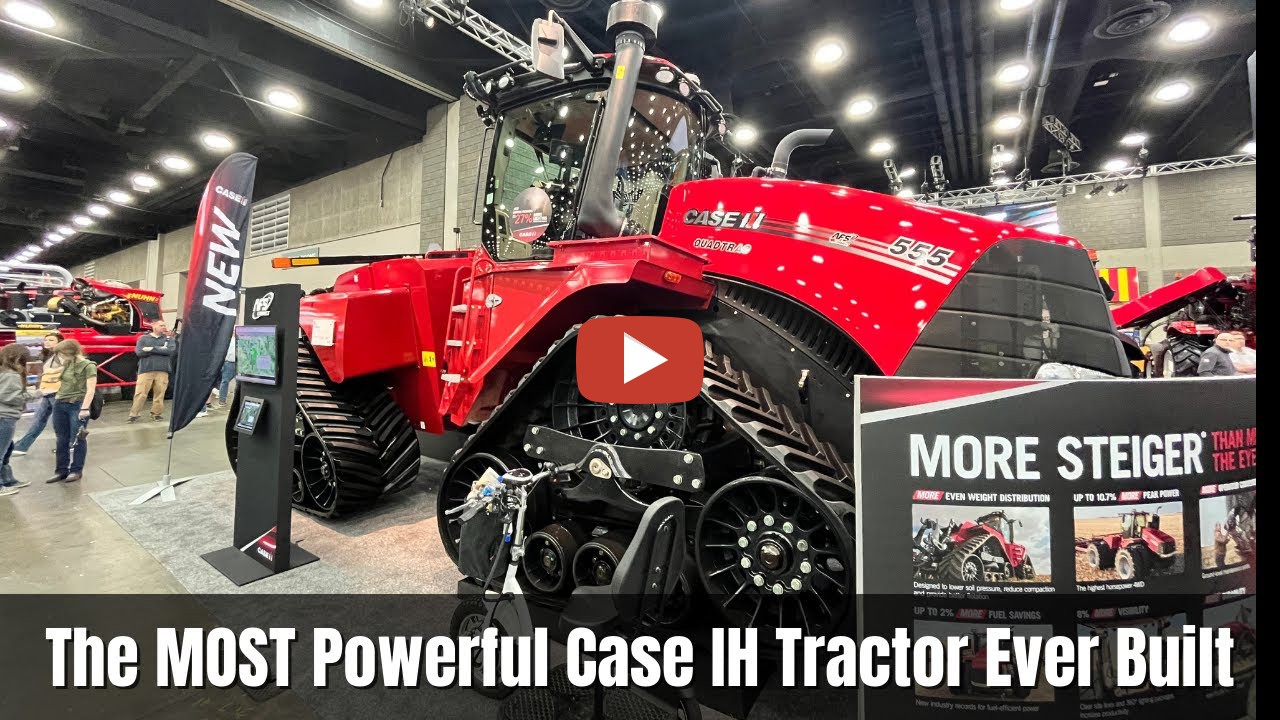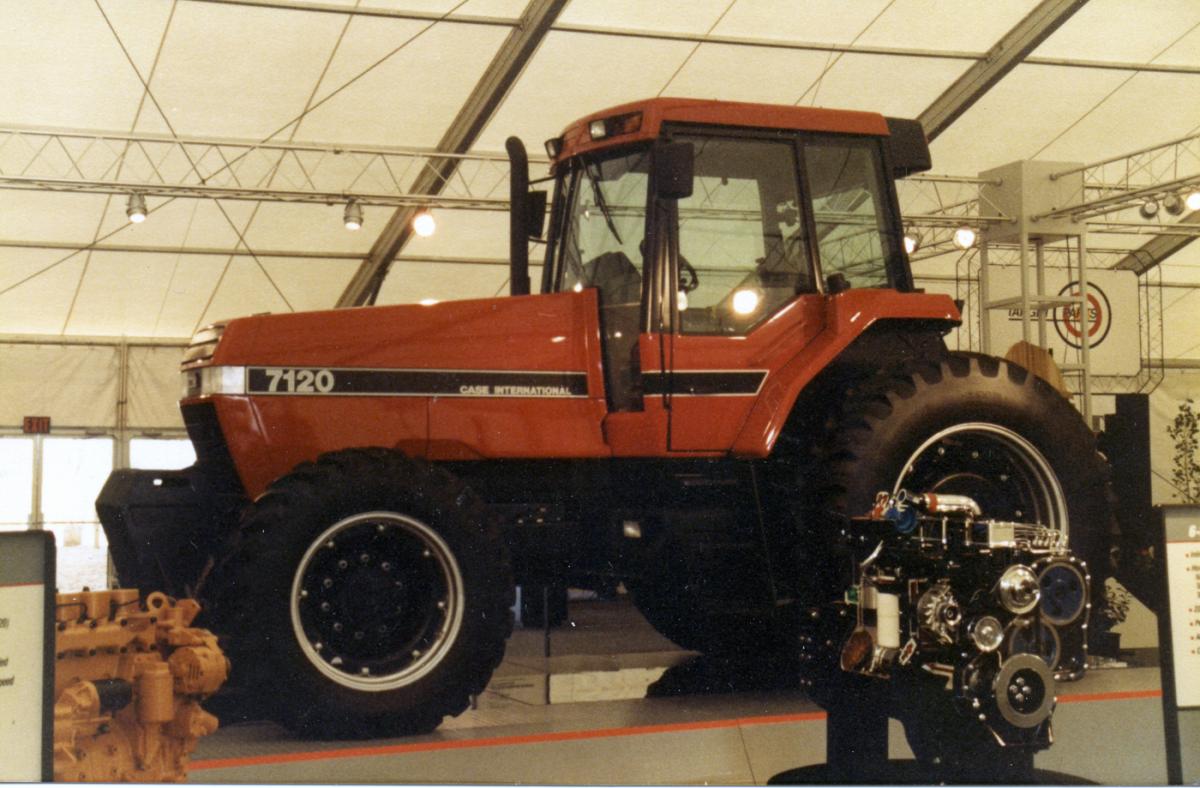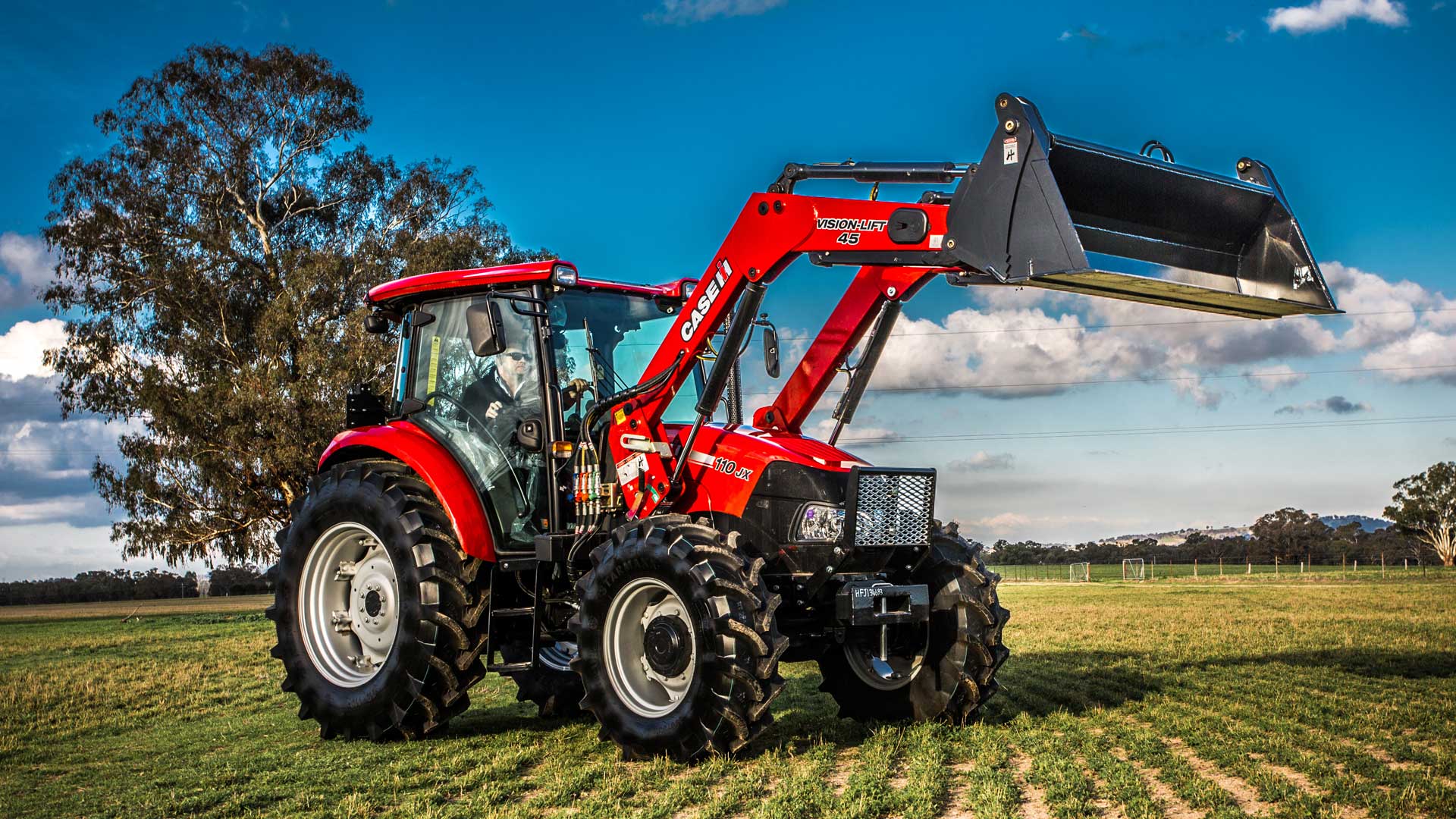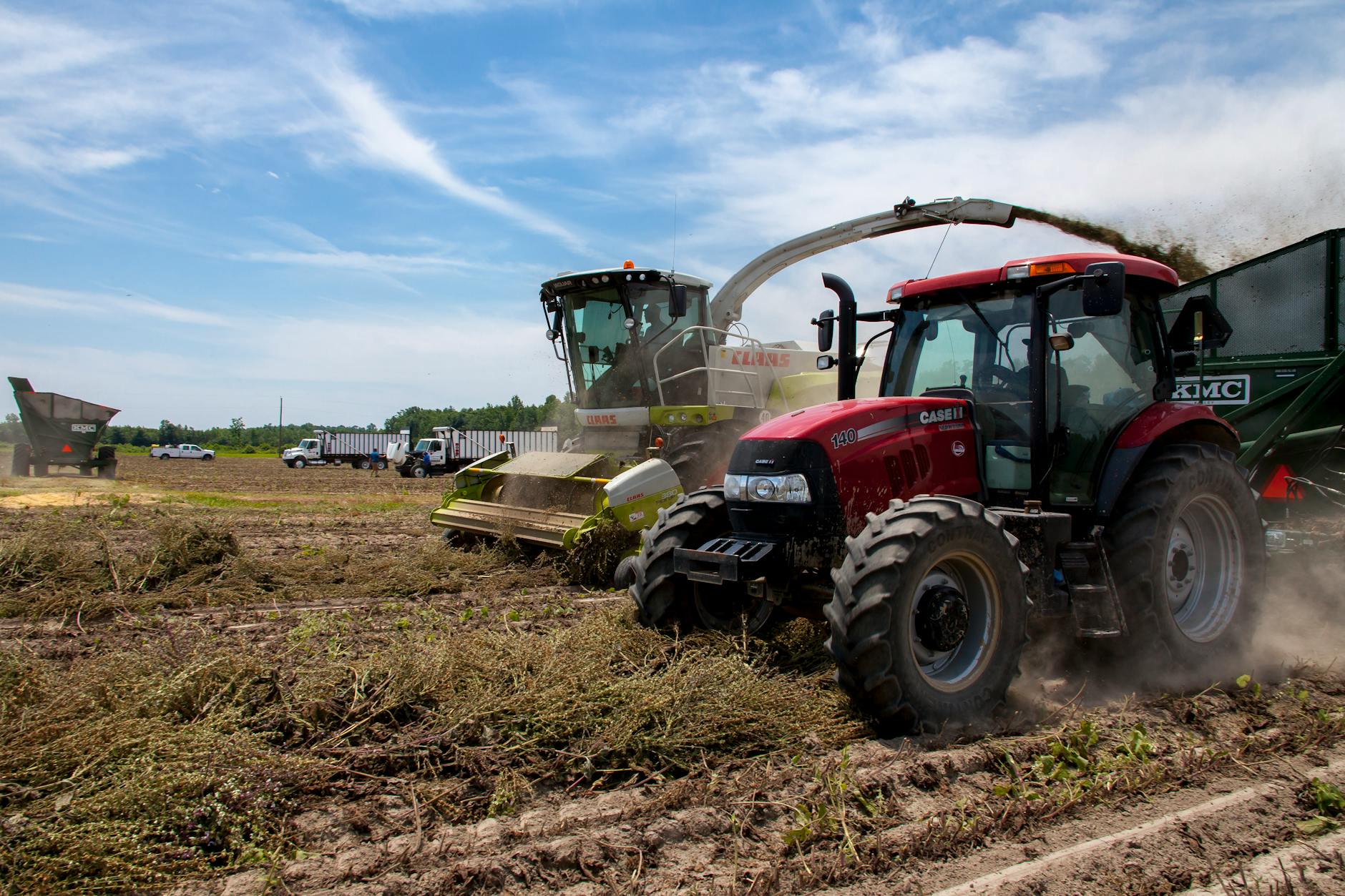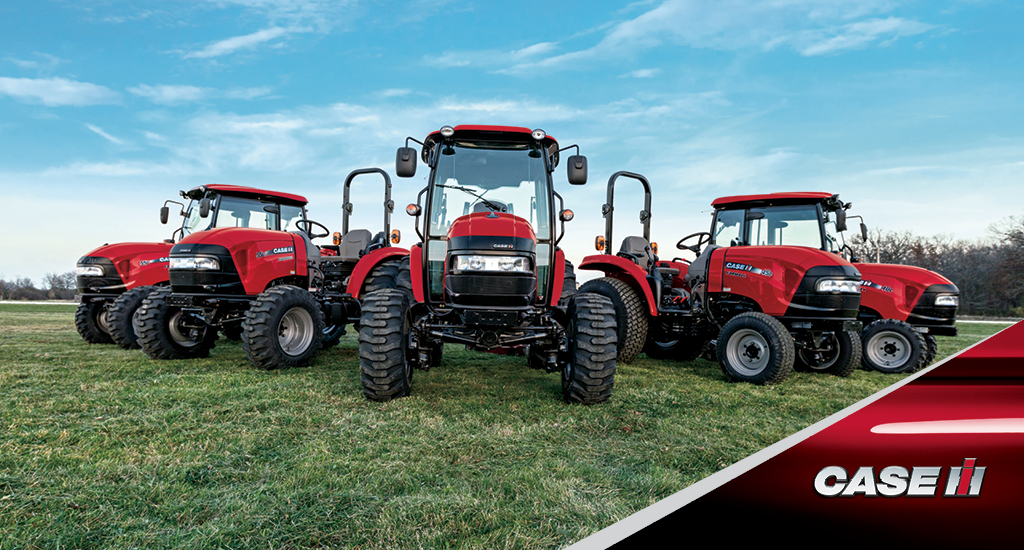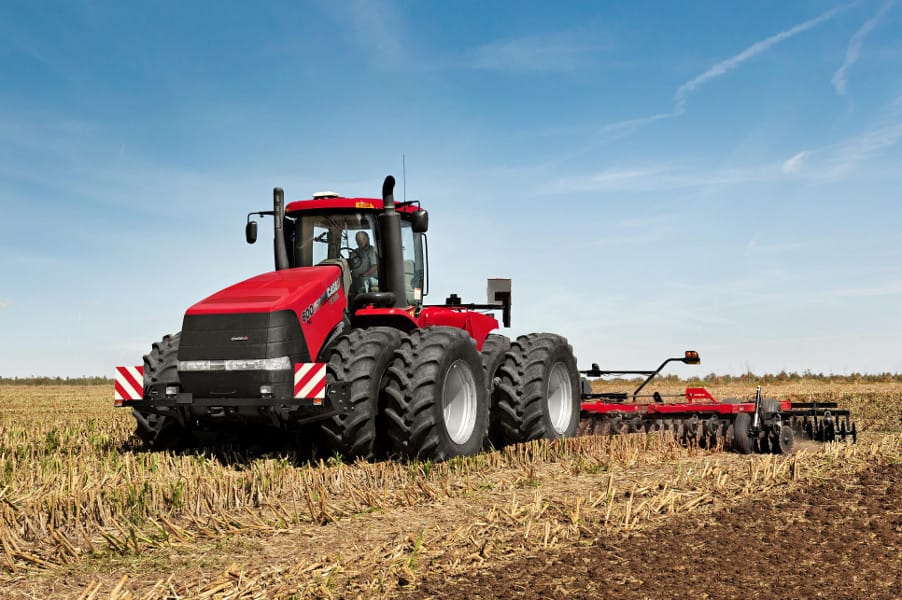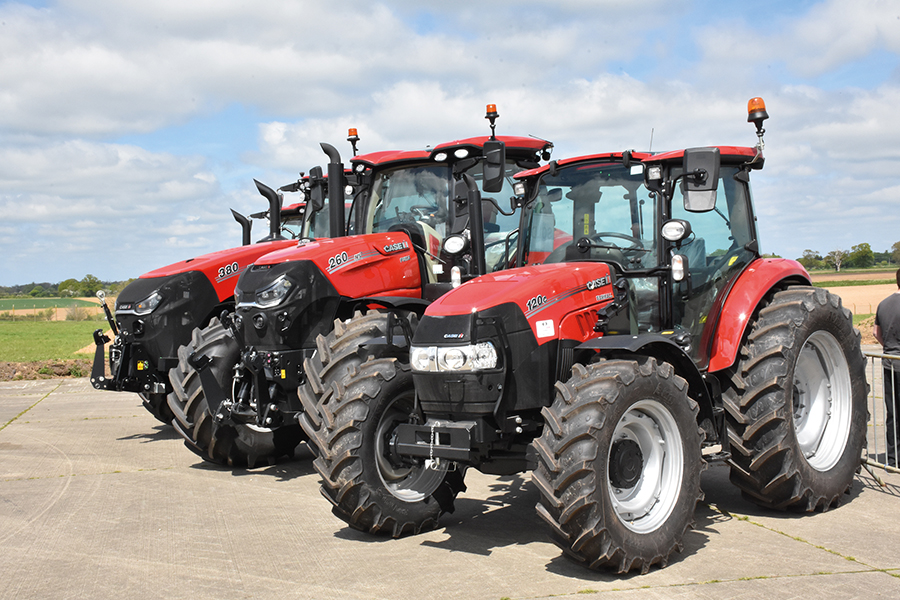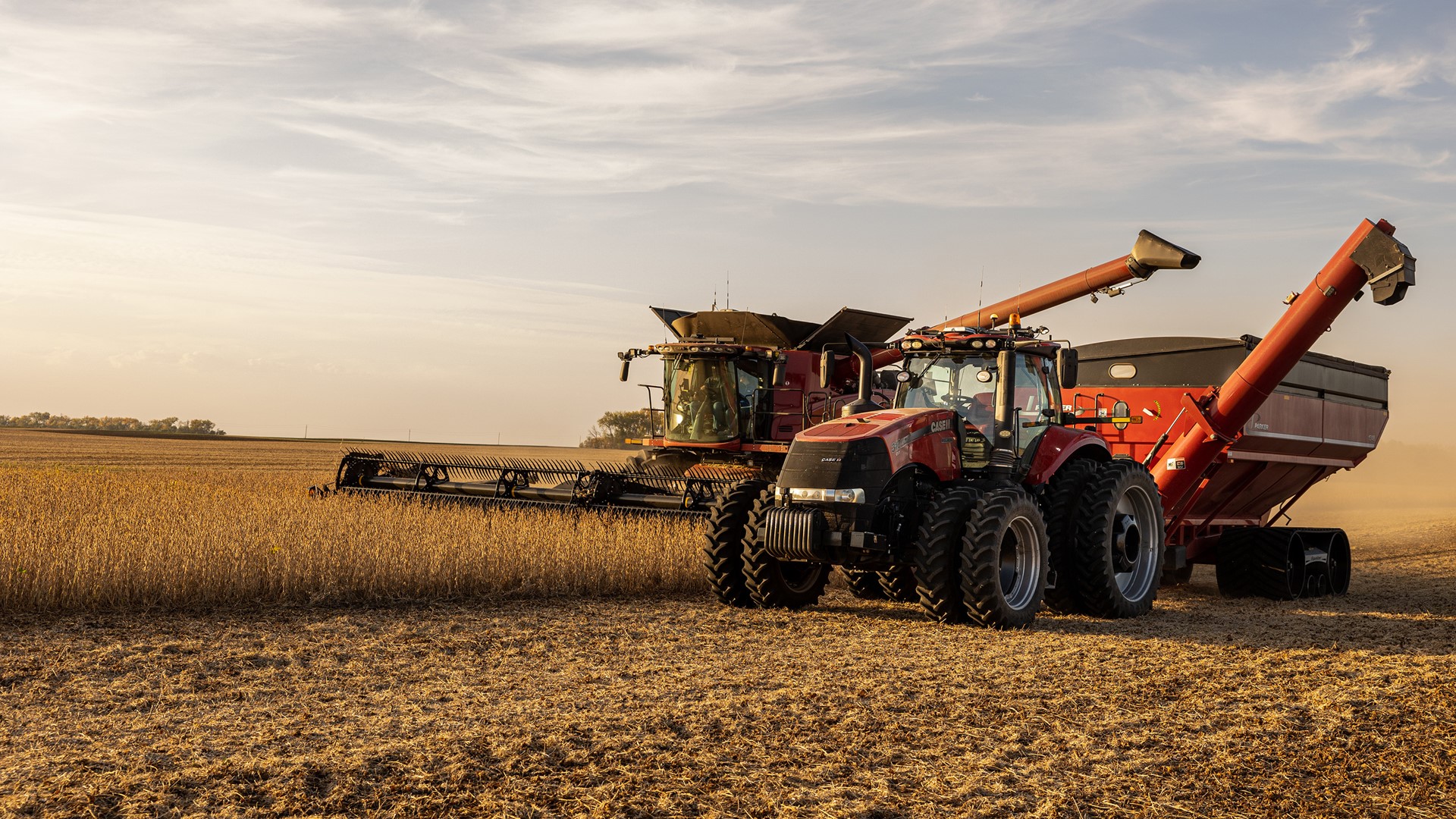Where Are Case Ih Tractors Made

Case IH tractors, a mainstay on farms across the globe, are known for their power, reliability, and technological innovation. But where exactly are these iconic machines manufactured? Understanding the geographic footprint of Case IH production provides insights into the company's global strategy, its impact on local economies, and the potential implications for supply chains and consumers.
This article delves into the complex question of Case IH tractor manufacturing locations, examining the various plants worldwide that contribute to the brand's production. It will clarify the specific models produced at each location and the factors influencing the company's decisions regarding manufacturing placement.
North America: The Heart of Production
North America remains a crucial manufacturing hub for Case IH. The company's Racine, Wisconsin, plant is a significant operation, producing a range of high-horsepower tractors, including the Magnum series.
This facility has a long history, deeply rooted in the agricultural heritage of the region. The Racine plant is often at the forefront of introducing new technologies and features to the Case IH tractor lineup.
Another key North American location is Fargo, North Dakota. This plant is responsible for manufacturing large 4WD tractors like the Steiger series. These are typically used on large-scale farming operations.
Europe: A Focus on Mid-Range Tractors
Europe is another important manufacturing region for Case IH. The St. Valentin, Austria, factory stands out as a key site.
This state-of-the-art facility produces the Puma, Maxxum, and Vestrum tractor series. The St. Valentin plant is known for its advanced manufacturing processes and focus on quality control.
Europe also houses assembly plants, where components from various locations are put together to produce tractors tailored for the European market. The specific locations of these vary depending on market needs and supply chain optimization.
South America: Serving Regional Demand
South America is an increasingly important market for agricultural machinery, and Case IH has a significant presence in the region. The company has a manufacturing plant in Sorocaba, Brazil.
This facility produces a variety of tractor models to meet the specific needs of South American farmers. These models include both locally designed tractors and adaptations of global platforms.
Production in Brazil allows Case IH to respond quickly to regional demands and navigate import/export regulations more effectively.
Asia & Australia: Emerging Markets
Asia and Australia represent growing markets for Case IH. While specific manufacturing details may be less widely publicized, Case IH often utilizes strategic partnerships and assembly operations in these regions.
India, for example, is a significant market where Case IH partners with local manufacturers to produce tractors suitable for the region's agricultural practices. These partnerships allow Case IH to offer affordable and reliable machinery.
Australia typically imports tractors manufactured in North America and Europe, though some final assembly or customization may occur locally.
The Factors Behind Manufacturing Locations
Several factors influence Case IH's decisions regarding where to manufacture its tractors. Proximity to key markets is a primary consideration.
Manufacturing closer to customers reduces transportation costs and lead times. Labor costs, skill availability, and regulatory environments also play a significant role in site selection.
Case IH also considers the availability of raw materials and components, as well as the strength of the local supply chain. Government incentives and tax policies can influence these decisions.
Impact on the Agricultural Industry
The geographic distribution of Case IH manufacturing has a significant impact on the agricultural industry. Local manufacturing creates jobs and stimulates economic activity in the surrounding communities.
It also ensures that farmers have access to the machinery they need to increase productivity and efficiency. Furthermore, local production often allows for greater customization of tractors to meet specific regional needs.
The global network of manufacturing facilities allows Case IH to adapt to changing market conditions and ensure a stable supply of tractors for farmers around the world.
Conclusion
Case IH tractors are manufactured in a diverse range of locations around the world, reflecting the company's commitment to serving global agricultural markets. From the historic plant in Racine, Wisconsin, to the cutting-edge facility in St. Valentin, Austria, each location plays a vital role in producing the tractors that farmers rely on.
Understanding where Case IH tractors are made provides valuable insights into the company's global strategy and its impact on local economies. By strategically locating its manufacturing facilities, Case IH can effectively meet the needs of farmers worldwide and remain a leader in the agricultural machinery industry.

